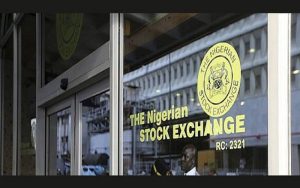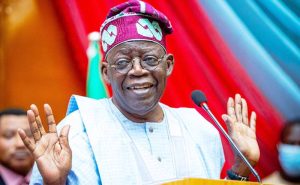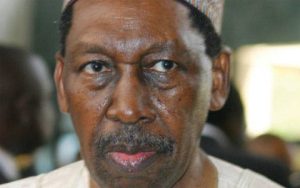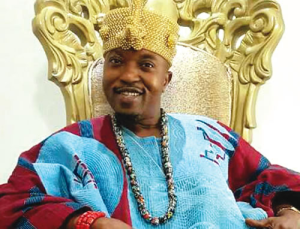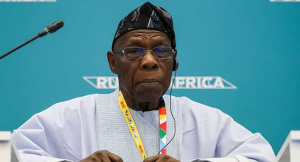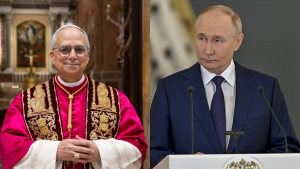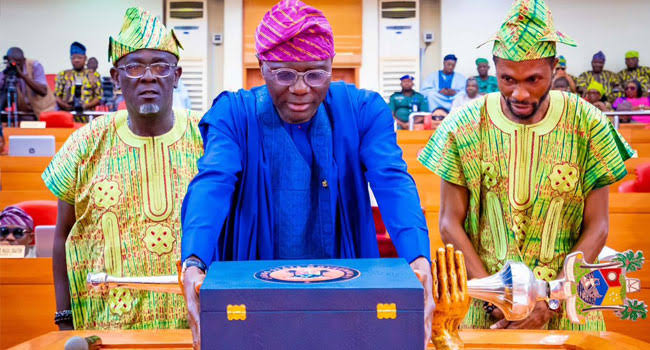
Lagos State Governor, Babajide Sanwo-Olu, on Thursday, presented a budget proposal of N3,005,935,198,401 for the 2025 fiscal year to the State House of Assembly, with hopes for swift passage into law. The proposed budget, tagged the “Budget of Sustainability,” includes a revenue target of N2,597,034,000,000 and a deficit financing of N408,902,000,000.
During his presentation to the House, presided over by Speaker Rt. Hon. Mudashiru Ajayi Obasa, Governor Sanwo-Olu detailed the breakdown of the budget, which is divided into recurrent and capital expenditures. A total of N1.239 trillion, or 41% of the budget, is allocated for recurrent expenditure, covering overhead costs, personnel costs, and recurrent debt service. Meanwhile, N1.766 trillion (59%) is earmarked for capital expenditure.
Governor Sanwo-Olu highlighted the sectoral allocations of the budget, which include:
• Economic Affairs: N908.699 billion
• Environment: N233.176 billion
• Health: N204.005 billion
• Education: N208.376 billion
• Security, Safety, and Public Order: N124.073 billion
• Social Protection: N47.077 billion“Mr. Speaker, it is now my pleasure to present to you today the 2025 Budget proposal, tagged ‘Budget of Sustainability.’ This budget reflects our ongoing commitment to improving the lives of the people of Lagos and driving the state’s development forward,” Sanwo-Olu said.
The governor further provided a breakdown of the revenue sources, which include N1.970 trillion from Internally Generated Revenue (IGR) and N626.137 billion from federal transfers.
Sanwo-Olu also provided detailed figures for recurrent and capital expenditure. For recurrent expenditure, N722.586 billion is allocated for overhead costs, which include subventions and dedicated funds. Personnel costs are pegged at N392 billion, with an additional N125.232 billion for recurrent debt service.
On the capital side, a total of N1.452 trillion is proposed for capital expenditure, with N313.515 billion allocated for repayments. The governor assured that the deficit financing would be managed within the state’s fiscal sustainability framework through external and internal loans and bonds.
The presentation is expected to trigger debates in the State Assembly, with legislators now tasked with reviewing the proposal and ensuring its alignment with the state’s development priorities for 2025.


